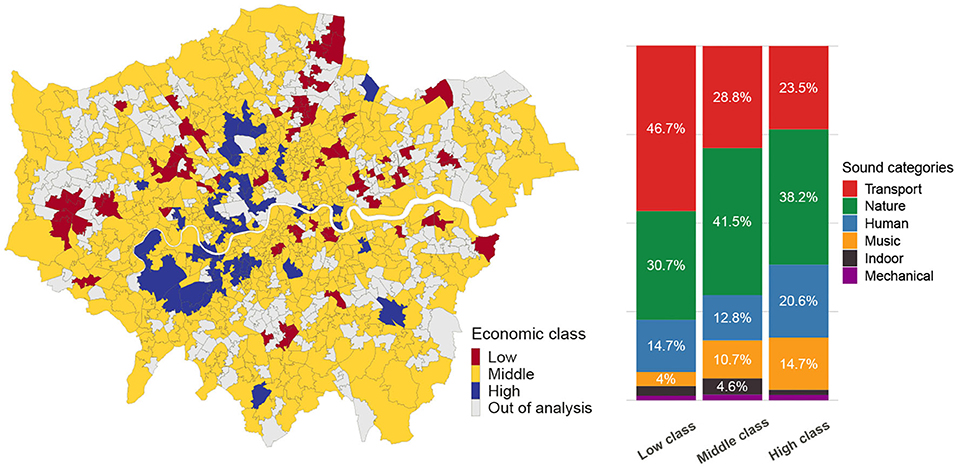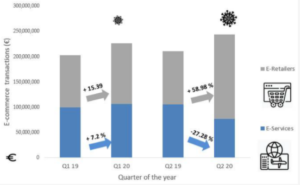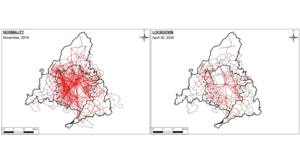Last september Frontiers in Sustainable Cities published this article, written by César Asensio and Guillermo de Arcas from the I2A2 – Grupo de Instrumentación y Acústica Aplicada research group and other authors from different universities.
El pasado septiembre se publicó en la revista Frontiers in Sustainable Cities el siguiente artículo, escrito por César Asensio y Guillermo de Arcas del Grupo de Instrumentación y Acústica Aplicada (I2A2) junto con otros autores de diferentes universidades.
Abstract
Noise is considered the second factor after air pollution to impact citizens’ health and well-being in densely populated urban areas, as it takes a heavy toll on the health of the circulatory and nervous systems. Traditionally, research on urban noise was conducted through surveys with a limited temporal and spatial coverage, and focused on a subset of the wide spectrum of sounds sources present in an urban environment. To overcome these limitations, we use geo-referenced social media images from Flickr to characterize the soundscape of London at scale. We build a model that uses socioeconomic variables, official noise exposure levels, and the soundscape estimated from social media to predict at area level the prevalence of hypertension—a cardiovascular condition that is widely studied in connection to high noise exposure. We consistently observe that socioeconomic variables, such as age, gender, and income, play an important role in explaining hypertension rates. Official noise exposure levels add a relatively limited contribution in predicting the health outcome. On the contrary, the social media soundscape information considerably improves the model performance. This result speaks to the value of integrating social media data into strategic noise maps for enhancing their predictive power; it also hints at the fact that the presence (or absence) of specific types of sounds might be a better indicator of hypertension prevalence than noise levels themselves.




